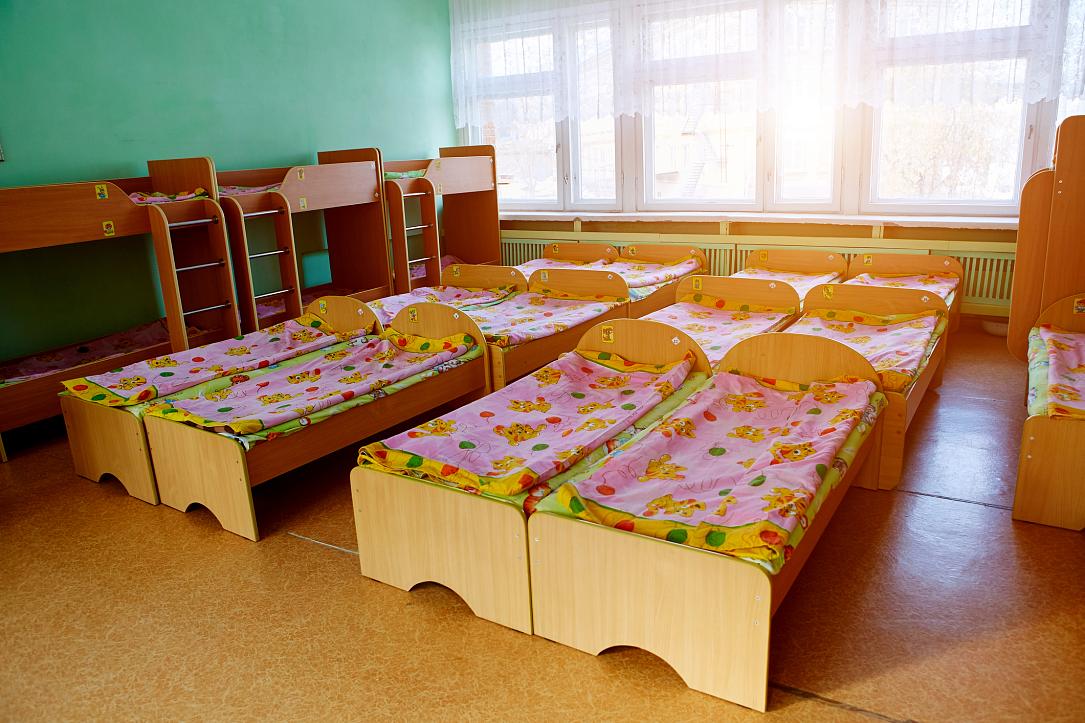Romania’s minister of family announces intention to close orphanages, a 16-year unfulfilled promise

Romania’s minister of family Gabriela Firea announced the Government’s intention to close all orphanages and move children to family-style homes, a project that is almost two decades in the making.
“Closing all placement centers, the so-called orphanages, in the country is our primordial interest, so that children left in the care of the state will have a better, warmer, friendlier life in [the care of] foundations or in family-style homes,” said Gabriela Firea, Romania’s minister of family, youth and equal opportunities. She added that there are currently nearly 47,000 children in orphanages throughout the country, out of which six thousand are up for adoption.
Romania has a dark past when it comes to orphanages. In the aftermath of the 1989 revolution that toppled the communist dictator Nicolae Ceaușescu, a series of pictures came out showing the squalid conditions in orphanages. Subsequent investigations estimated that between 1966 and 1989 there were up to 20,000 unnecessary deaths of children left in the care of the state. The vast majority of those who died were disabled.
“Roughly 70% of the registered deaths were from pneumonia. They were dying of external causes that were preventable and treatable,” said Florin Soare, an investigator, quoted by The Guardian.
Firea’s recently announced intention, however, has been part of the Government’s commitments for years.
The orphanages began to close prior to Romania’s accession to the European Union. In 2006, officials at the Child Protection Authority, cited by The Irish Times, were saying that only “30 childcare centers with over 100 children each” were still operational, and that they would be soon modernized or closed.
Years later, some communist-era orphanages were still up and running, despite constant reassurances regarding their closing. In 2014, Romania had promised to improve conditions for abandoned minors by 2020, following a recommendation from the EU, the World Bank and UNICEF. The Government formulated a programme titled the National Strategy on the Protection and Promotion of Children’s Rights, and planned to move kids to family-style homes. As the years passed, it became clear that there were not enough such homes to house all the children in orphanages at that time.
A 2016 study funded by the World Bank identified 167 centers housing 6,500 kids. Three years later, NGOs counted 164 childcare centers still operating. Roughly 60% of the kids in these centers had some form of disability, and therefore had few chances of getting adopted.
For activists, the struggle to close orphanages has been a long one. “The solution is to open the legislation to family placement, not to residential services, because there the child remains institutionalized,” said Liviu Mihăileanu, part of NGO Romania Without Orphans Alliance (ARFO), in a statement for Europa Liberă back in 2019. He argued that the system is not open to families looking to take orphans in, and that children will likely remain institutionalized in one way or another.
Vlad Alexandrescu, former minister of culture and senator, documented the failings of Romanian orphanages. He uncovered cases of physical abuse or human trafficking involving staff. Isolation was also routinely used as a punishment, with kids spending weeks at a time in a chamber initially designed for keeping those with a contagious disease away from the rest. Other accounts revealed beatings, starvation, and sexual abuse happening in orphanages.
radu@romania-insider.com
(Photo source: Svetlanaz | Dreamstime.com)













